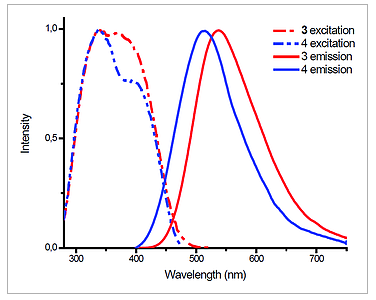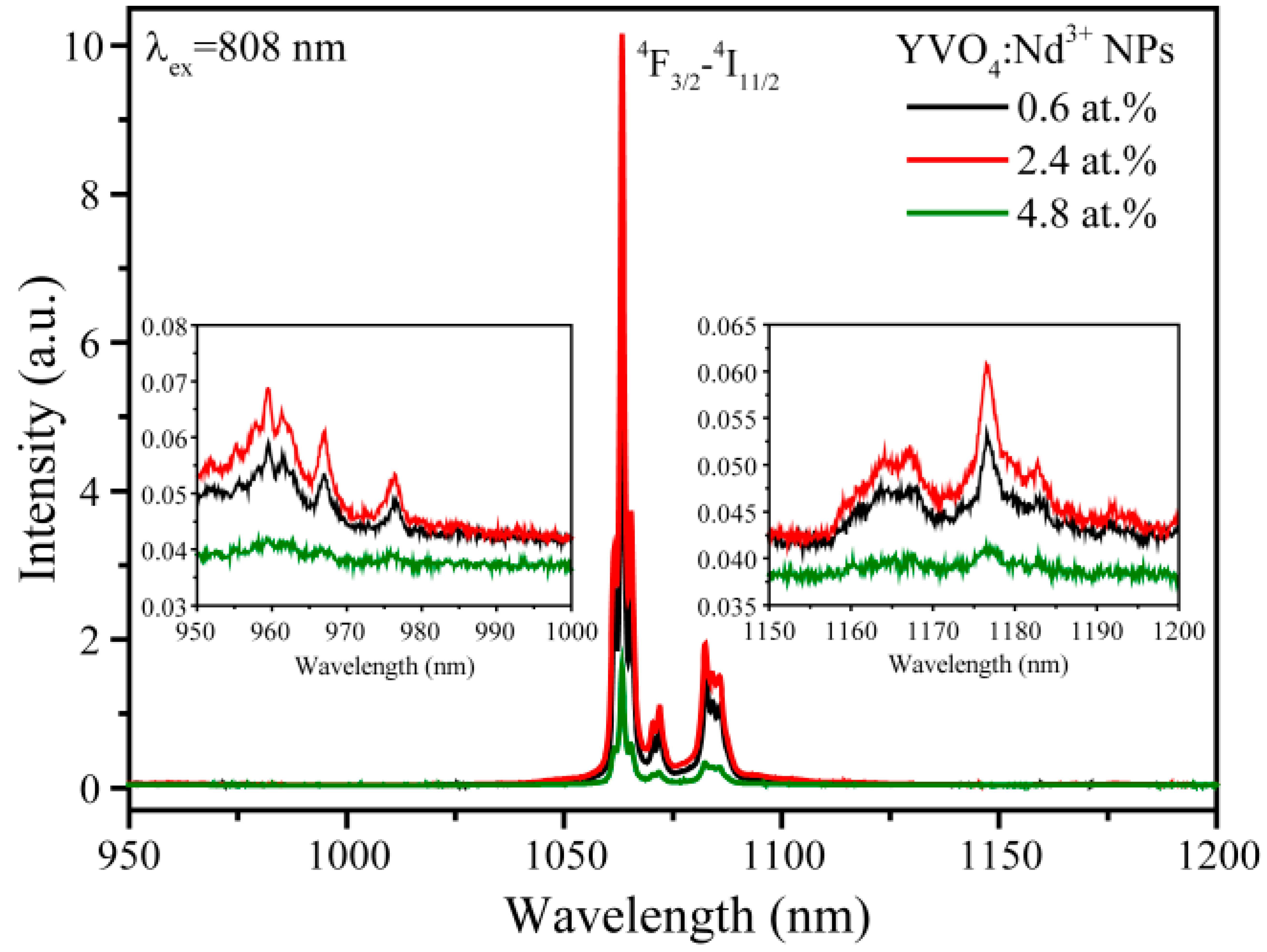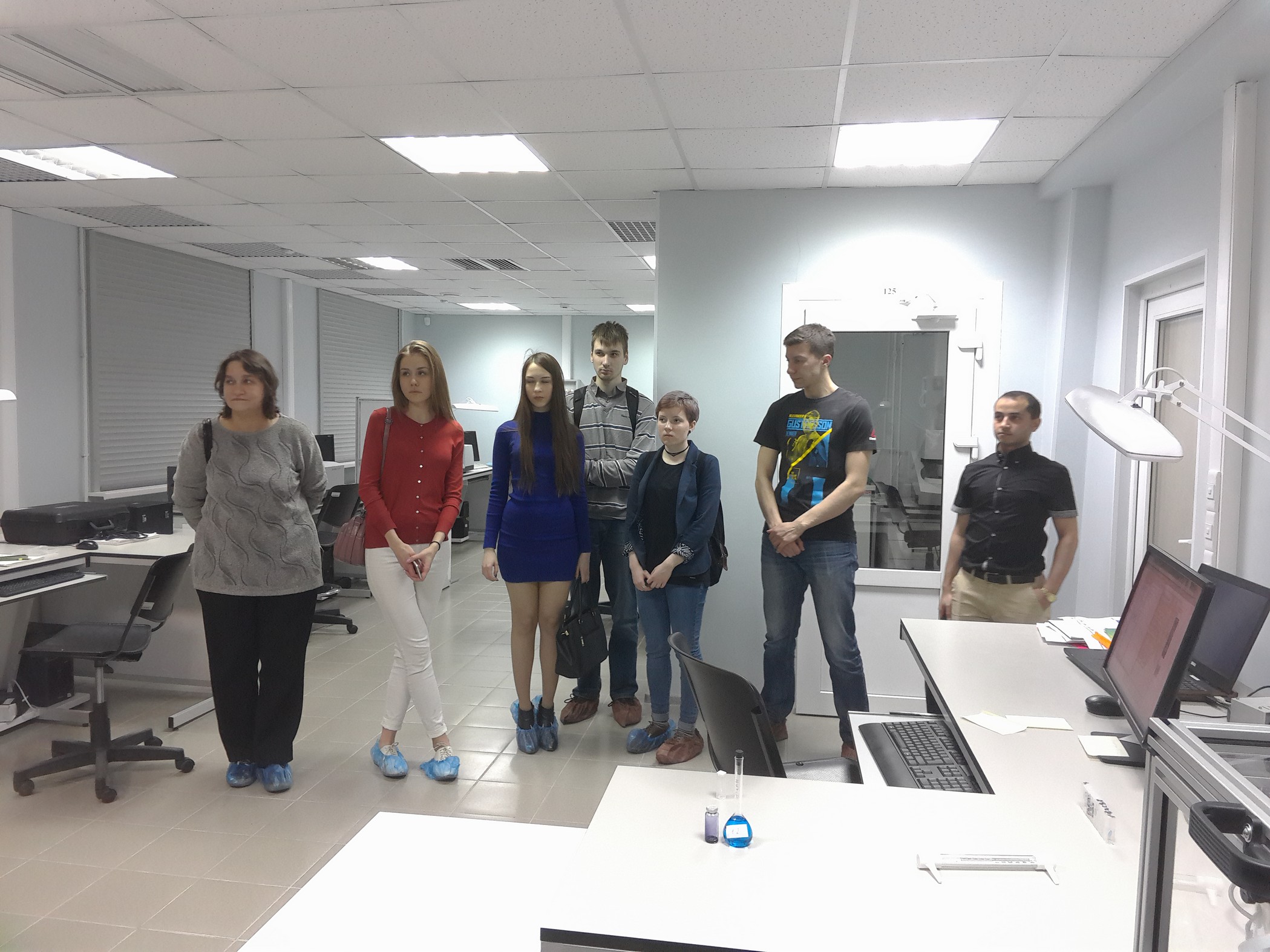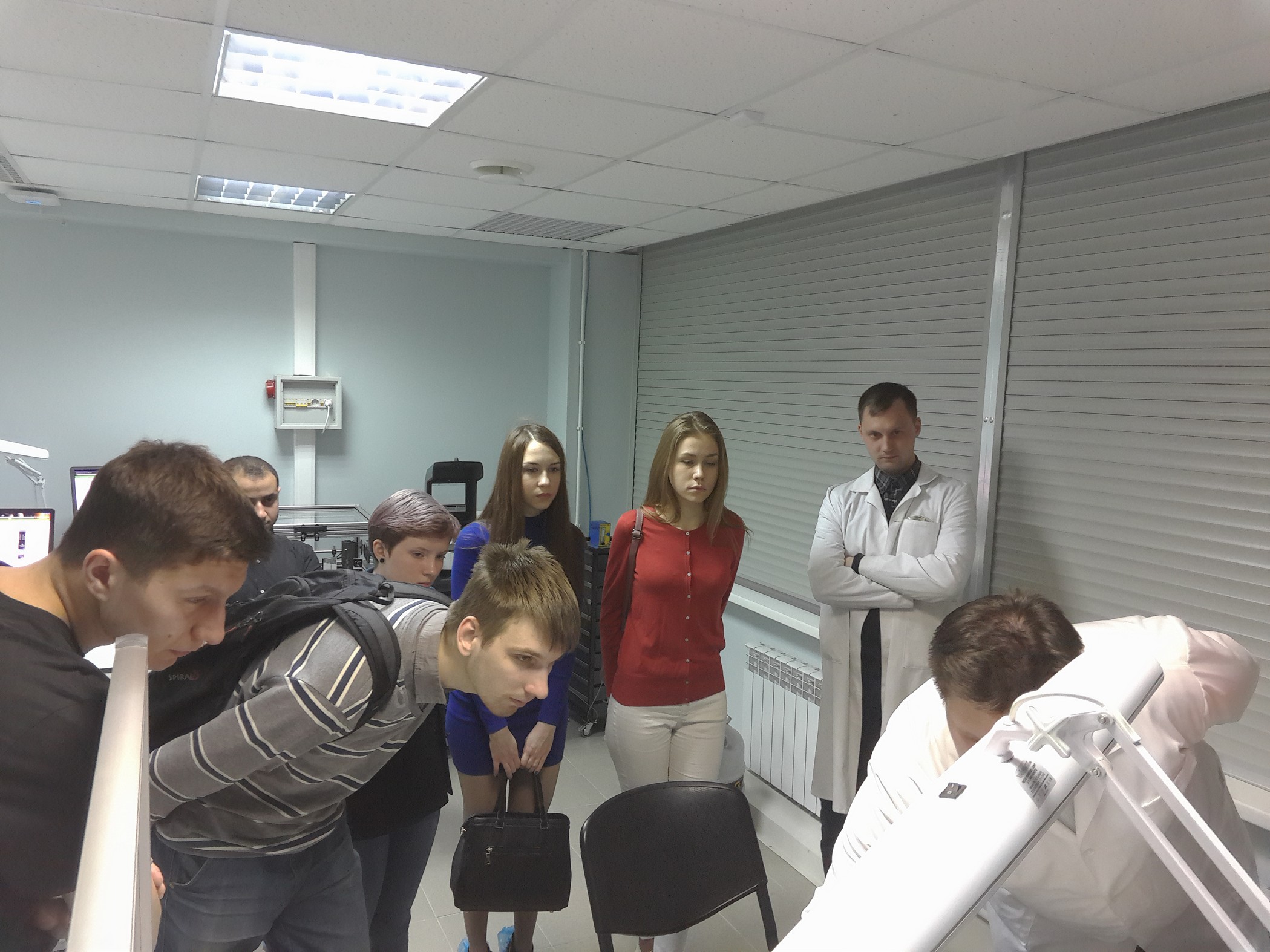- Details
- Hits: 1353
Journal of Inorganic and General Chemistry
Igor D. Strelnik, Elvira I. Musina, Svetlana N. Ignatieva, Anna S. Balueva, Tatiana P. Gerasimova, Sergey A. Katsyuba, Dmitry B. Krivolapov, Alexey B. Dobrynin, Christoph Bannwarth, Stefan Grimme, Ilya E. Kolesnikov, Andrey A. Karasik, Oleg G. Sinyashin
«Pyridyl Containing 1,5-Diaza-3,7-diphosphacyclooctanes as Bridging Ligands for Dinuclear Copper(I) Complexes»
Journal of Inorganic and General Chemistry
DOI: 10.1002/zaac.201700049

1,5-bis(R)-3,7-bis[2-(pyridine-2′-yl)ethyl)-1,5-diaza-3,7-diphosphacyclooctanes 1 and 2 and their copper(I) complexes 3 and 4 were developed. The butterfly-shaped copper-iodide core and unusual P,N-chelate and P,P-bridged coordination mode of the heterocyclic ligand in the dinuclear complexes 3 and 4 were revealed. Complexes 3 and 4 display emission in green range of spectra, with lifetimes in a microsecond domain and quantum yields of luminescence in solid-state up to 38 %. Thermochromic effects found for the phosphorescence of 4 in solutions are ascribed to rigidochromism.
- Details
- Hits: 1301
Sensors and Actuators B: Chemical Volume 243, May 2017, Pages 338-345
I.E. Kolesnikov, E.V. Golyeva, A.A. Kalinichev, M.A. Kurochkin, E. Lähderanta, M.D. Mikhailov
Nd3+ single doped YVO4 nanoparticles for sub-tissue heating and thermal sensing in the second biological window
Sensors and Actuators B: Chemical Volume 243, May 2017, Pages 338-345
DOI: 10.1016/j.snb.2016.12.005

The real controlled photothermal therapies demand designing multifunction systems capable of simultaneous heating and local thermal sensing. In this work, we report on neodymium doped yttrium vanadate nanoparticles acting as nanoheaters and nanothermometers at the same time under 808 nm single beam excitation. Heating is produced due to the nonradiative processes, whereas thermal sensing is obtained by luminescence intensity ratio between Stark sublevels lying in the second biological window. The influence of Nd3+ content on both heating and sensing abilities was studied. The potential application of YVO4:Nd3+ nanoparticles for deep tissue fluorescence bioimaging and controlled photothermal therapies is demonstrated.
- Details
- Hits: 1361
 |
 |
 |
 |
On May 2, 2017, an excursion for a group of students of the Faculty of Physics was held under the supervision of the Associate Professor of the Department of Molecular Biophysics and Polymer Physics, Ph.D. Paston Sophia Vladimirovna.
- Details
- Hits: 1437
Applied Surface Science 416 (2017) 988–995
A.A. Ionin, S.I. Kudryashov, A.O. Levchenko, L.V. Nguyen, I.N. Saraeva, A.A. Rudenko, E.I. Ageev, D.V. Potorochin, V.P. Veiko, E.V. Borisov, D.V. Pankin, D.A. Kirilenko, P.N. Brunkov
«Correlated topographic and structural modification on Si surface during multi-shot femtosecond laser exposures: Si nanopolymorphs as potential local structural nanomarkers»
Applied Surface Science 416 (2017) 988–995
DOI: 10.1016/j.apsusc.2017.04.215

High-pressure Si-XII and Si-III nanocrystalline polymorphs, as well as amorphous Si phase, appear consequently during multi-shot femtosecond-laser exposure of crystalline Si wafer surface above its spallation threshold along with permanently developing quasi-regular surface texture (ripples, microcones), residual hydrostatic stresses and subsurface damage, which are characterized by scanning and transmission electron microscopy, as well as by Raman micro-spectroscopy. The consequent yields of these structural Si phases indicate not only their spatially different appearance, but also potentially enable to track nanoscale, transient laser-induced high-pressure, high-temperature physical processes – local variation of ablation mechanism and rate, pressurization/pressure release, melting/resolidification, amorphization, annealing – versus cumulative laser exposure and the related development of the surface topography.
- Details
- Hits: 1390
 |
 |
On April 24, a joint seminar of the RC OLMIV, the Department of Laser Chemistry and Materials Science and representatives of the ISC RAS named after Grebenshchikov took place in the lecture hall of RC OLMIV.
The seminar lectures:
O.A. Shilova, prof., Institute of Silicate Chemistry named after. Grebenshchikov and VN Shchelushkin, head of the technological group, company group Solex, Ryazan.
Issues of joint research in the field of research of new materials, in particular, for solar energy were discussed.
- 18.04.2017 Acknowledging publications
- 03.04.2017 Acknowledging publications
- 28.03.2017 Acknowledging publications
- 20.03.2017 Acknowledging publications
- 17.03.2017 in the RC "Optical and laser materials research" a visit was made by the staff of the Department of Scientific and Technical Expertise of the State Hermitage Museum.



